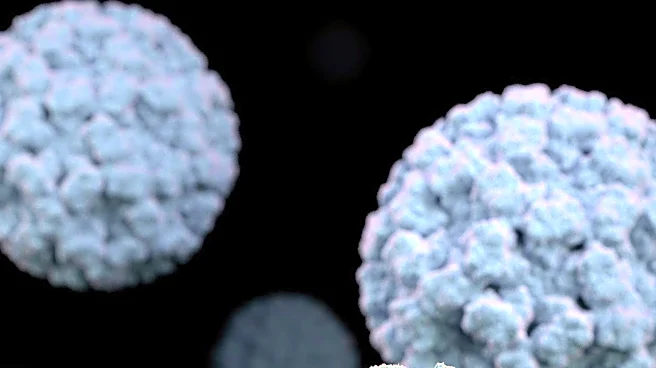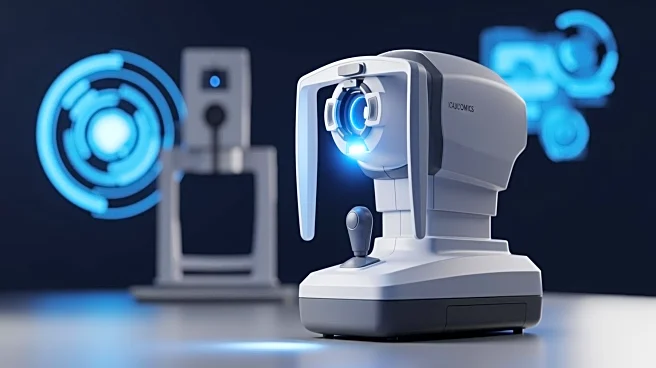What's Happening?
Droplet Biosciences has published a study demonstrating that post-surgical lymph fluid is a powerful source of circulating tumor DNA (ctDNA) for detecting early recurrence in head and neck cancer. The
study, conducted with patients who underwent resection of HPV-independent head and neck squamous cell carcinoma, found that lymphatic fluid contained significantly higher levels of ctDNA compared to plasma. The findings suggest that lymph-derived ctDNA can outperform standard pathological features in identifying patients at risk of recurrence, offering a new method for early detection and personalized adjuvant therapy.
Why It's Important?
This study represents a significant advancement in cancer diagnostics, highlighting the potential of lymph fluid as a new biofluid for detecting molecular residual disease. The ability to detect ctDNA in lymph fluid could lead to earlier and more accurate assessments of cancer recurrence risk, improving patient outcomes. The research supports the development of precision oncology, where treatment decisions are tailored to individual patients based on their molecular profiles. This approach could reduce unnecessary treatments and associated toxicities, enhancing the quality of life for cancer patients.
What's Next?
Further research is needed to validate these findings in larger patient cohorts and across different types of cancer. The study's success may lead to the development of new diagnostic assays and the integration of lymph fluid analysis into standard cancer care. Researchers may also explore the potential of lymph fluid in monitoring treatment response and guiding therapeutic decisions. The findings could pave the way for more personalized and effective cancer management strategies.
Beyond the Headlines
The study raises questions about the accessibility and cost-effectiveness of incorporating lymph fluid analysis into routine clinical practice. It also highlights the need for collaboration between researchers, clinicians, and healthcare providers to translate these findings into practical applications. The research underscores the importance of innovation in cancer diagnostics and the potential for new technologies to transform patient care.











